Are you tired of dealing with costly repairs on your car? Or perhaps you’re a DIY enthusiast looking for tips and tricks to maintain your vehicle at its best.
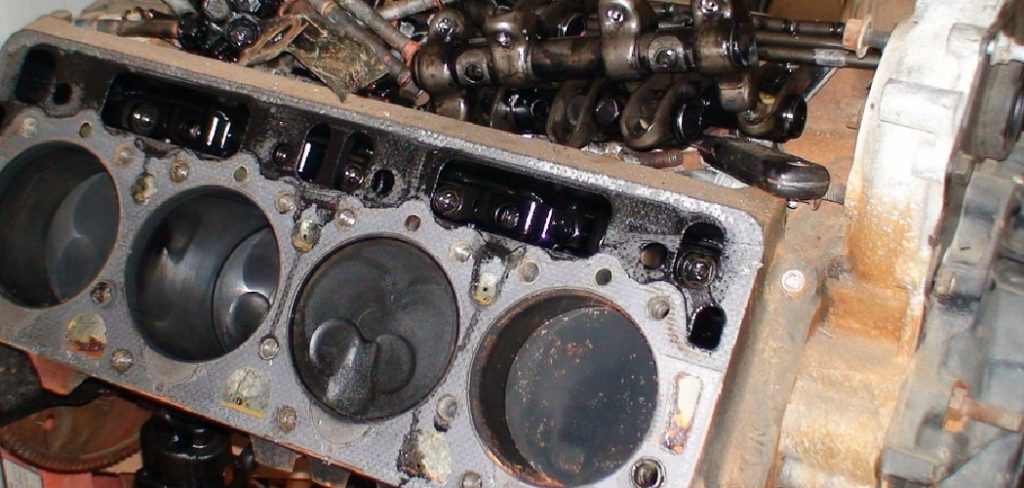
Either way, we have something special in store for you today – an ultimate guide on how to prevent blown head gasket. We understand the frustration that comes with unexpected breakdowns and the high costs associated with fixing a blown head gasket.
That’s why we’ve put together this comprehensive post filled with expert advice, practical solutions, and preventative measures to help you avoid this common issue. So, grab a cup of coffee or tea and get ready to learn everything there is about keeping your car’s head gasket intact – let’s dive in!
What Causes Blown Head Gasket? 6 Reasons
1 . Overheating Engine
The head gasket acts as a seal between the engine block and the cylinder head, preventing coolant and oil from mixing. When an engine overheats, it can cause extreme pressure and temperatures that can damage the head gasket. This commonly happens due to a lack of coolant, low oil levels, or other cooling system issues.
2. Poor Maintenance
Like any other part of your vehicle, the head gasket requires regular maintenance to perform at its best. This includes replacing old and worn-out parts, checking for leaks and cracks, and ensuring proper coolant levels. Ignoring these routine maintenance tasks can lead to a blown head gasket.
3. Pre-ignition Detonation
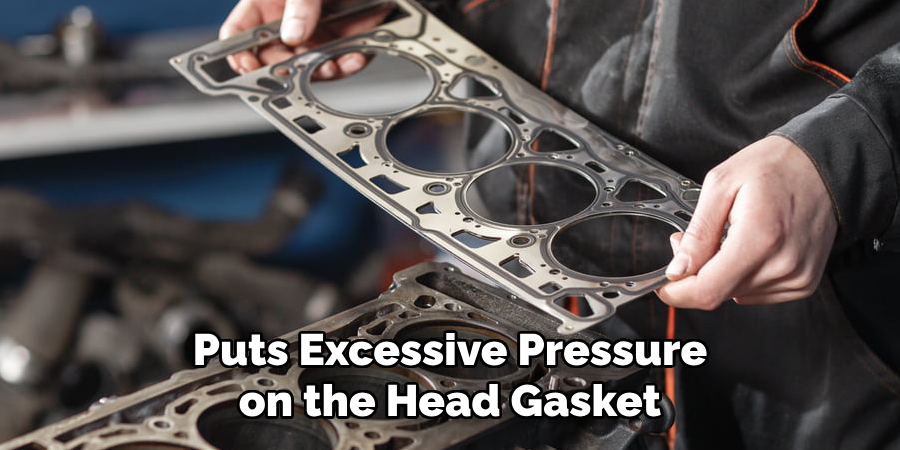
When fuel ignites in the combustion chamber at an inappropriate time, it can cause a hammering effect that puts excessive pressure on the head gasket. This is common in high-performance engines or if your vehicle has low-grade fuel.
4. Engine Misfire
An engine misfire occurs when the air-fuel mixture fails to ignite properly, causing unburnt fuel to enter the exhaust system and heat the catalytic converter. This can cause extreme temperatures that can damage the head gasket.
5. Age and Wear
Over time, all parts of your car will experience wear and tear, including the head gasket. As it gets older, it becomes more susceptible to leaks, cracks, and other damages that can lead to a blown head gasket.
6. Poor Installation
If the head gasket is not installed correctly, it can result in gaps or misalignment between the engine block and cylinder head. This can create weak spots that are prone to failure under high pressure or temperature.
12 Tips on How to Prevent Blown Head Gasket
1 . Regular Maintenance
As mentioned earlier, regular maintenance is crucial to prevent a blown head gasket. Follow your vehicle’s recommended maintenance schedule, and make sure to check for any signs of damage or leaks during each inspection.
2. Keep Your Cooling System in Check
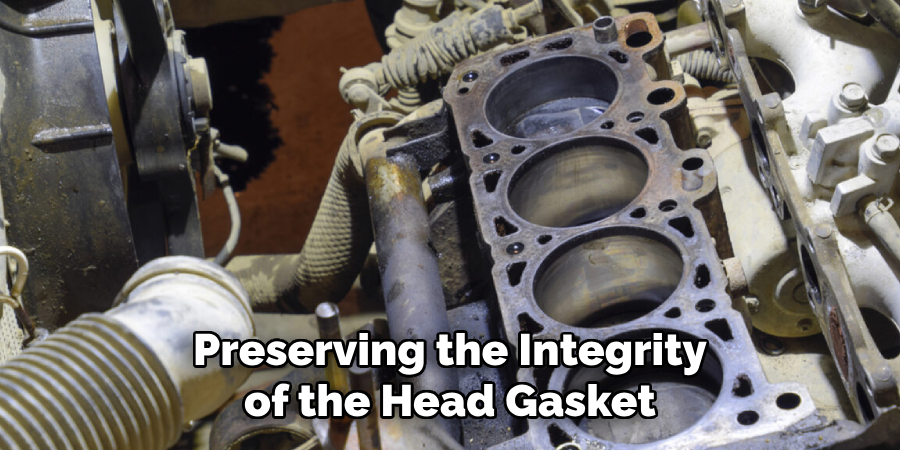
A well-functioning cooling system is essential for preventing overheating and preserving the integrity of the head gasket. Make sure to regularly check for coolant leaks, clean or replace the radiator, and flush the system according to your vehicle’s manual.
3. Use High-Quality Coolant
Using high-quality coolant can make a significant difference in preventing a blown head gasket. Look for coolants that are compatible with your vehicle’s engine and have anti-corrosion properties to protect against damage.
4. Don’t Ignore Warning Signs
If you notice any warning signs of a blown head gasket, such as coolant leaks, engine overheating, or white smoke coming from the exhaust, don’t ignore them. Addressing these issues early on can save you from costly repairs in the future.
5. Regularly Check Oil Levels
Low oil levels can cause the engine to overheat and put unnecessary strain on the head gasket. Make sure to check your vehicle’s oil levels regularly and top it up if necessary. Also, be mindful of any changes in oil color or consistency, as they can indicate potential issues.
6. Use High-Quality Oil
Just like coolant, using high-quality oil is crucial for preserving the head gasket’s health. Look for oils that are recommended by your vehicle’s manufacturer and have anti-friction additives that help to reduce wear and tear.
7. Don’t Ignore Engine Misfires
If you experience engine misfires, it’s essential to address them promptly. Ignoring this issue can lead to a blown head gasket due to the extreme temperatures and pressure it creates.
8. Avoid Overloading Your Vehicle
Overloading your vehicle puts unnecessary strain on the engine and other components, including the head gasket. Make sure to follow your vehicle’s maximum weight capacity to prevent any potential damage.
9. Drive with Care
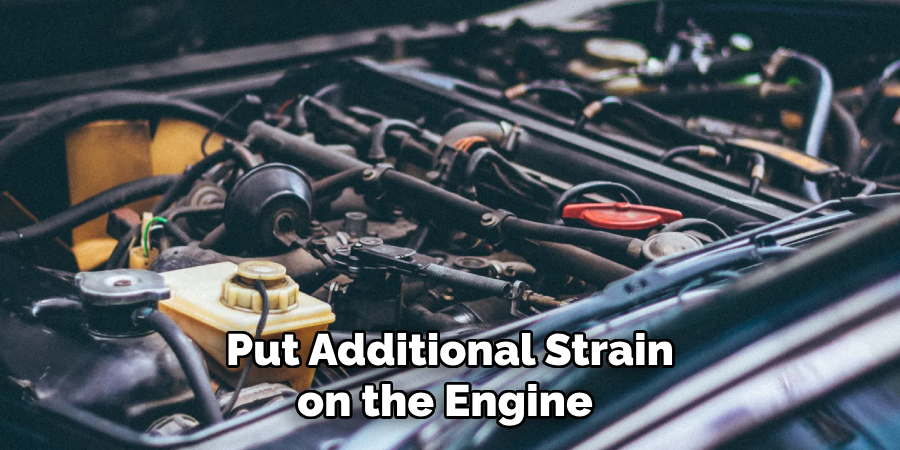
Rough driving or quickly accelerating can put additional strain on the engine and increase the risk of a blown head gasket. Opt for smooth, steady driving to reduce wear and tear on all vehicle parts. Make sure to also avoid towing heavy loads, as it can cause overheating.
10. Don’t Ignore Engine Noise
If you hear any unusual noises coming from the engine, such as knocking or tapping sounds, have it checked by a professional immediately. These noises can indicate potential issues that may lead to a blown head gasket if left untreated.
11. Use High-Quality Fuel
Using high-quality fuel helps to prevent pre-ignition detonation and engine misfires, which can damage the head gasket. Look for reputable gas stations and avoid using low-grade or contaminated fuel.
12. Get Your Vehicle Inspected Before Long Trips
If you’re planning a long road trip, it’s best to get your vehicle inspected beforehand to ensure everything is in good working condition. This includes checking the head gasket for any signs of damage or wear.
Frequently Asked Questions
What Precautions Should I Take to Avoid a Blown Head Gasket?
- Regular maintenance and inspections
- Properly maintaining the cooling system
- Using high-quality coolant and oil
- Addressing warning signs promptly
- Driving with care and avoiding overloading or towing heavy loads.
How Much Does it Cost to Fix a Blown Head Gasket?
The cost of repairing a blown head gasket can vary depending on the severity of the damage and your vehicle’s make and model. On average, it can cost anywhere from $1,000 to $2,500 for parts and labor.
What are the Signs of a Blown Head Gasket?

Common signs of a blown head gasket include white smoke coming from the exhaust, engine overheating, low coolant levels, and milky or frothy oil. You may also experience misfires and loss of engine power.
Can I Prevent a Blown Head Gasket?
While it’s not possible to completely prevent a blown head gasket, following the tips mentioned in this article can help reduce the risk significantly. Regular maintenance, attentive driving, and addressing warning signs promptly are essential for preventing a blown head gasket.
Can I Drive with a Blown Head Gasket?
It’s not recommended to drive with a blown head gasket as it can cause further damage to your vehicle’s engine and result in costly repairs. It’s best to address the issue promptly and have it repaired by a professional mechanic. Overall, taking good care of your vehicle and being attentive to any warning signs can go a long way in preventing a blown head gasket.
Regular maintenance, proper driving habits, and using high-quality products can help keep your engine running smoothly and reduce the risk of damage to the head gasket. Remember to address any issues promptly and get your vehicle inspected regularly to catch potential problems before they escalate.
Can I Repair a Blown Head Gasket Myself?
Repairing a blown head gasket is a complex and labor-intensive process that requires specialized knowledge and tools. It’s best to leave this task to a professional mechanic to ensure it’s done correctly and avoid any further damage to your vehicle.
How Can I Extend the Lifespan of My Head Gasket?
Regular maintenance and inspections, using high-quality coolant and oil, driving with care, and addressing any warning signs promptly are all crucial for extending the lifespan of your head gasket. It’s also essential to follow your vehicle’s recommended maintenance schedule and address any issues immediately to prevent further damage.
So if you want to avoid the headache and expense of a blown head gasket, make sure to take good care of your vehicle and be attentive to any potential warning signs. With proper maintenance and driving habits, you can help prevent a blown head gasket and keep your engine running smoothly for years to come. Remember that prevention is always better than cure, so don’t neglect the health of your vehicle’s head gasket.
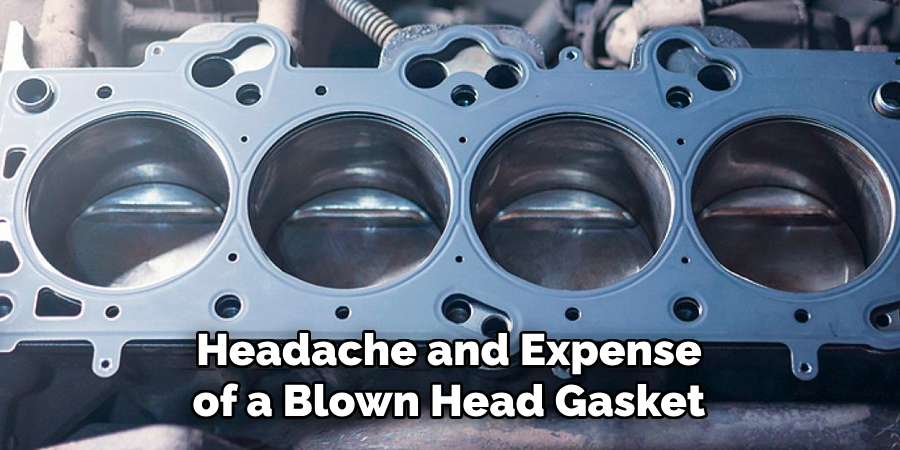
Conclusion
Taking care of your vehicle’s head gasket is a crucial part of overall maintenance and can save you from costly repairs in the future. By following these tips on how to prevent blown head gasket, you can keep your engine running smoothly and avoid any unexpected breakdowns on the road.
Remember to always address any warning signs or issues promptly and practice regular maintenance to keep your vehicle in top shape. So, make sure to follow these tips and take good care of your vehicle’s head gasket for a smoother, more efficient driving experience. Keep cruising! Happy driving!

